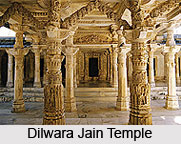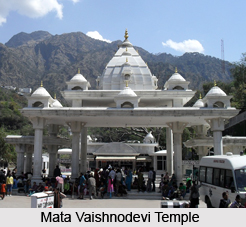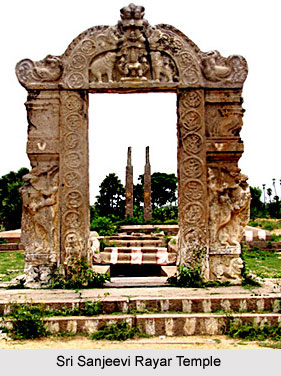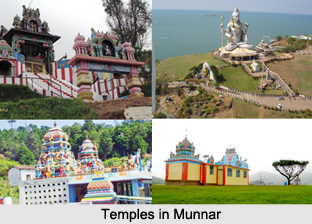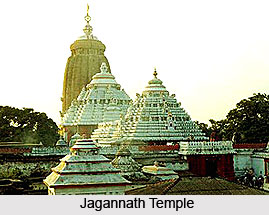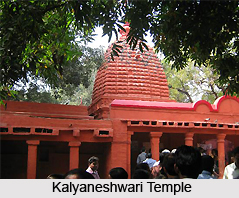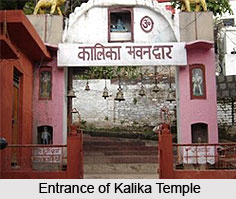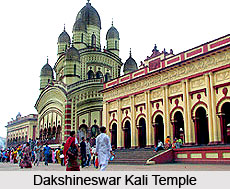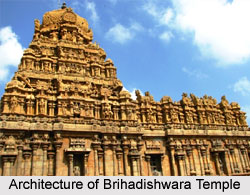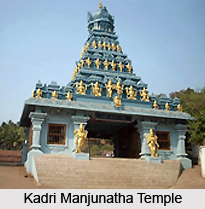 Kadri Manjunatha Temple is a medieval temple, located in Mangalore of Karnataka.
Kadri Manjunatha Temple was originally made by Vajrayana Buddhist but later on due to fall of Buddhism converted for the deity Manjunatha by Hindus.
Kadri Manjunatha Temple is a medieval temple, located in Mangalore of Karnataka.
Kadri Manjunatha Temple was originally made by Vajrayana Buddhist but later on due to fall of Buddhism converted for the deity Manjunatha by Hindus.
Kadri Manjunatha Temple has the conglomeration of Hindus and Buddhist mythological stories. Buddhism was practised here till the 10th century AD. But after the fall of Buddhism the devotion of Manjusri and Avalokitesvara continued in this region. The Nath cult in Mangalore was embraced towards Buddhism and continued there Tantric Shiva tradition as well. As a result many Buddhist temples came in Hindu eddy.
Kadri Manjunatha Temple is a temple of Mangalore of historical importance. King Kundavarma of Alupa dynasty has left an inscription on the base on Avalokitesvara image stating he was devotee of Lord Shiva or Mahadeva. This image was not of Buddha, but of Bodhisattva who was being worshiped as integrated form of Lord Shiva. This was the centre of Bodhisattva Manjusri`s cult. And later on this Bodhisattavs were identified as Saivite deities. The Shiva lingam and Bodhisattva were worshipped together for centuries at this place until this was converted completely to Shaivite temple.
In Kadri Manjunatha Temple there is an inscription called Knadarika Vihara, This Vihara or monastery provides firm inscriptional evidence for this transformation of Hinduism from Biddhism. After the 11th century Brahimins took forcible possession of Kadri Manjunatha Temple.
Now in modern times, that is from the time of British colonial rule, the chief deity of Kadri Manjunatha Temple is Lord Manjunatha. There is a Shiva lingam on him which depicts the strong follow of the doctrine of Lord Shiva or Mahadeva. The statue of Lokeshwara in Kadri Manjunatha Temple is located in the seated position with three faces and six arms are tipped to be the best bronze statue in India. The idol of Lokeshwara is about 1.5 meter tall.
In Kadri Manjunatha Temple, there is a natural spring at an elevated location at the back. It is called Gomukha which signifies the iconography of Ganga River in the form of Goddess Ganga. The water from this spring is let into nine ponds of different sizes adjacent to it. The inland and outland tourists visit Kadri Manjunatha Temple and wash themselves in these ponds before entering the main temple.












